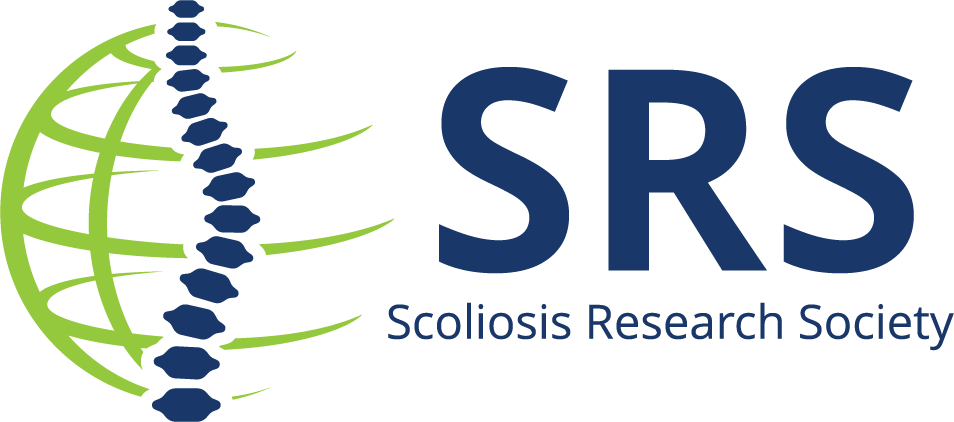Fixed Sagittal Imbalance
(flat-back syndrome)
Fixed sagittal imbalance (FSI) occurs when spinal alignment prevents patients' ability to stand up straight. Loss of sagittal balance causes patients to compensate by bending their hips and knees to try to maintain an upright posture. This puts greater strain on the muscles of the lower back and legs.
Distinguishing characteristics of sagittal imbalance are:
| Posture | Range | Adaptability |
|---|---|---|
| Flexible imbalance: Patients can stand up straight if they "work at it (with their hips and knees straight)" | Local: Just a few a vertebra cause significant tilt | Compensated: Patients can offset imbalance by flexing knees and hips |
| Fixed imbalance: Patients are unable to stand up straight despite best efforts | Regional: Many vertebra causing a slow forward bend | Decompensated: Patients are not able to offset imbalance via adjusted posture or stance See below. |
| Mix: Many vertebra causing a slow forward bend See below. |
Symptoms
When lower back and leg muscles take on the burden of compensating for the sagittal imbalance, several symptoms may result:
- Fatigue
- Gradual loss of function
- Decrease in the activities of daily living.
Imaging Evaluation
Imaging helps to assess segmental alignment, curvatures, instability, neurologic issues, and more:
- X-rays with the knees and hips extended are critical to understand the extent of the imbalance.
- CT scan helps define the bony anatomy, for example areas of neural impingement or failed fusion (pseudoarthrosis)
- MRI is the gold-standard for demonstrating the anatomy of the nerves and discs.
- Bone scan show areas of increased activity that may demonstrate pseudoarthrosis or otheranomalies.
These images show the importance of long-cassette x-rays with the knees and hips extended. The left picture shows the patient's compensated posture, while the right picture shows the extent of the sagittal imbalance in the same patient
Treatment Options
Nonoperative Treatment
Non-invasive, non-surgical therapies are typically the first recommendations for the treatment of sagittal imbalance:
- Non-steroidal anti-inflammatory medications (NSAIDS)
- Physical therapy
- Epidural steroid injections (for diagnosing and treating lumbar pinched nerve).
Bracing is ineffective for sagittal imbalance because it weakens the posture muscles, and does not treat the underlying pathology. If the imbalance progresses and there is significant pain, surgery is usually indicated.
Operative Treatment
The decision process for surgery depends on: the type of sagittal imbalance, a history of prior surgeries, the degree and location of neural compression, the age and health of the patient, and more.
Posterior osteotomy (also called "Smith-Peterson" or "Ponte" osteotomy)
This procedure involves removing facet joints and certain ligaments. The facet joints typically limit extension of the spine so their removal (posteriorly) allows the surgeon to accentuate lordosis by tilting the bones through a mobile disc space. Over multiple levels, 5o to 15o of lordosis per level is possibl
Treatments
Observation
The behavior of the curve may be monitored via repeated clinic visits and x-ray examinations at various times during development for worsening or progression of the scoliosis.
Bracing
Bracing or casting programs may help by allowing growth while minimizing increases in the scoliosis. The need for surgery may be delayed and, in some instances, avoided.
Surgery
Surgery is generally recommended if brace or cast treatment should fail to keep the scoliosis from progressing, or if the curve pattern does not appear amenable to brace or cast treatment.
Find A Specialist
Although SRS does not recommend or refer physicians, members that may be available for a consultation are listed on the physician locator.
Patient Stories
Explore the stories to learn more about patients with various spinal disorders.
